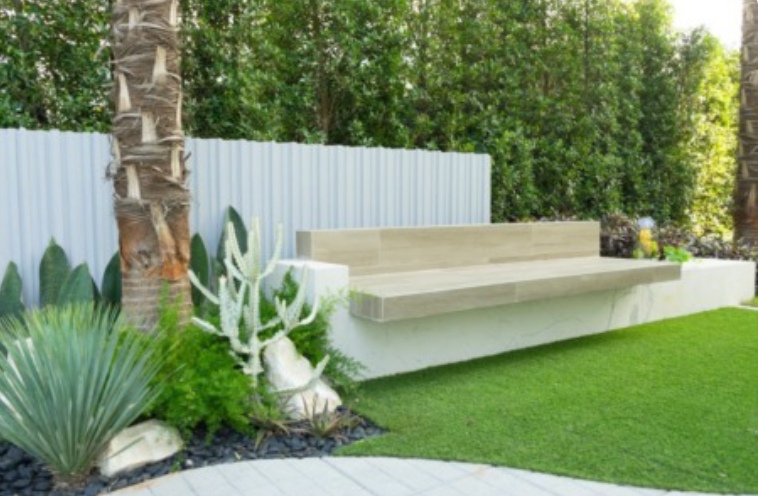Your home should be the place where you feel the most relaxed, but without some privacy fence ideas it’s hard to truly unwind if you feel like you’ve got unwanted eyes peeking over your shoulder. “Privacy fencing, either along a property line or around a specific area in your garden, creates a sense of sanctuary, seclusion, and peacefulness,” says Janice Parker, a landscape architect based in Greenwich, Connecticut. “A garden should, at its best, connect us to nature, and this is simpler to do when you can relax in a peaceful setting. Hidden areas, made with privacy screening, create a sense of mystery, as you do not see all of the garden at once. Mystery makes a great garden!”
Luckily, clever retaining wall ideas and privacy fence ideas (some are even DIY landscaping designs) can ensure your backyard is the secluded oasis you want it to be. “A privacy fence does all the work of a typical fence—indicating boundaries and keeping people and animals in or out—while also blocking views into the yard,” says Kevin Lenhart, a landscape designer and design director at Yardzen, one of the nation’s largest online landscape platforms.
Here, a guide to building backyard landscaping and a privacy fence—whether you use a pergola or a trellis—to keep onlookers out and a peace of mind in.
Are privacy fences a good idea?
“From an ecological and natural point of view, privacy fences are the least desirable element in the landscape,” says Jonathan Fargion, a landscape designer based in New York City. This doesn’t mean privacy fences are necessarily a bad idea, just that there are a few considerations to take into account before getting started.
Privacy fences cut the land into lots, which can be problematic for the bugs, insects, and other wildlife that live there. “As a rule of thumb, fences should be at least two inches off the ground to let critters the freedom to move between properties,” Fargion explains. In general, he says privacy fences make the most sense on small properties, like town house gardens. For larger yards, he suggests making use of natural greenery, like trees, to keep unwanted eyes from infiltrating your space.
How tall can I make my privacy fence?
Fences that are six feet tall should block most views from the ground level. “I’d advise not going any taller than you have to, both to save on expenses and to limit the shrinking, enclosing effect fences can have on a space,” Lenhart says. If you do need extra height, he suggests adding 12 to 18 inches of lattice on the top of a fence, which will add privacy while minimizing the visual impact of a taller fence. If you opt for a natural privacy hedge, these can be much taller and often go up to 12 feet.
What is the best type of privacy fence?
The best privacy fence will depend on each homeowner’s goals for the fence and their yard. “By necessity, privacy fences must obscure sight lines,” Lenhart says. For this reason, many privacy fences are made from solid wood and designed to be completely opaque. If the goal is to have complete seclusion, something solid without any gaps would likely be the best choice.
There are also fences that are a little more open and offer breathability in a space. “Obviously, a privacy fence fails if you can clearly see through it, but there’s a gradient with which designers can play,” Lenhart notes. In these instances, he says the goal is to include gaps that are large enough to be visible, but small enough to prevent a clear view. “The homeowner’s style and priorities will dictate the particular fence design to use on a given project,” Lenhart explains.
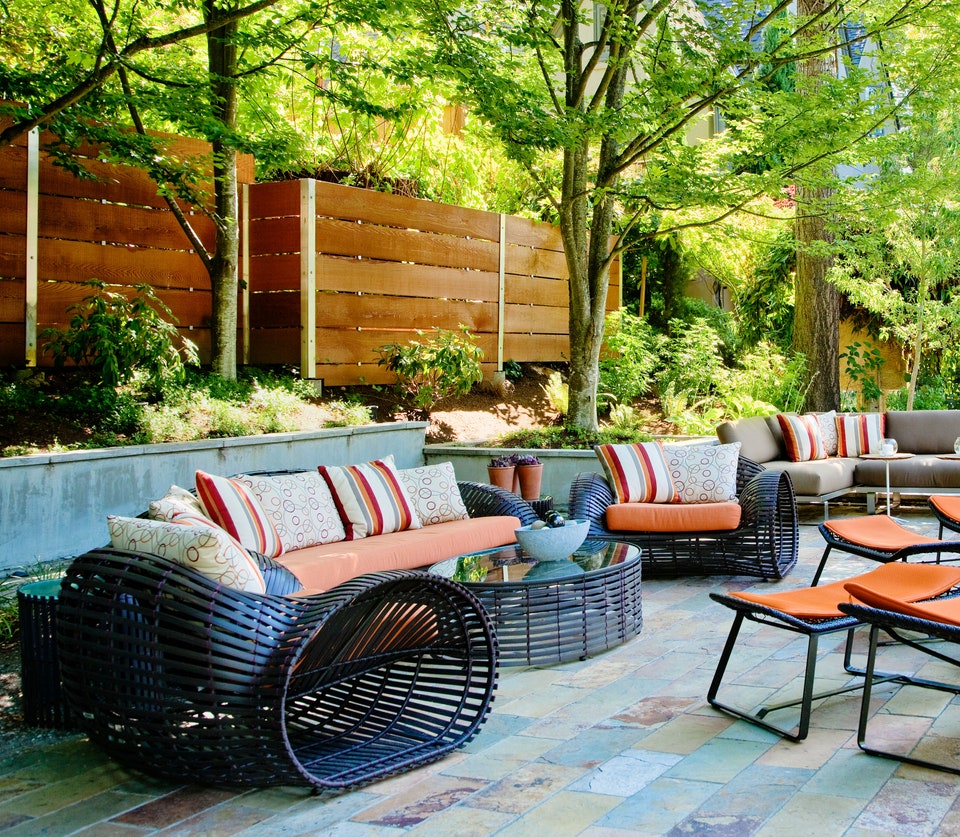
Photo: Mint Images
1/50
Opaque fence ideas
- A wood fence
Fargion recommends using natural building materials for your privacy fence. Wood is a common option and one of the most affordable choices. While there are plenty of wood types to choose from, he recommends cedarwood for privacy fences.
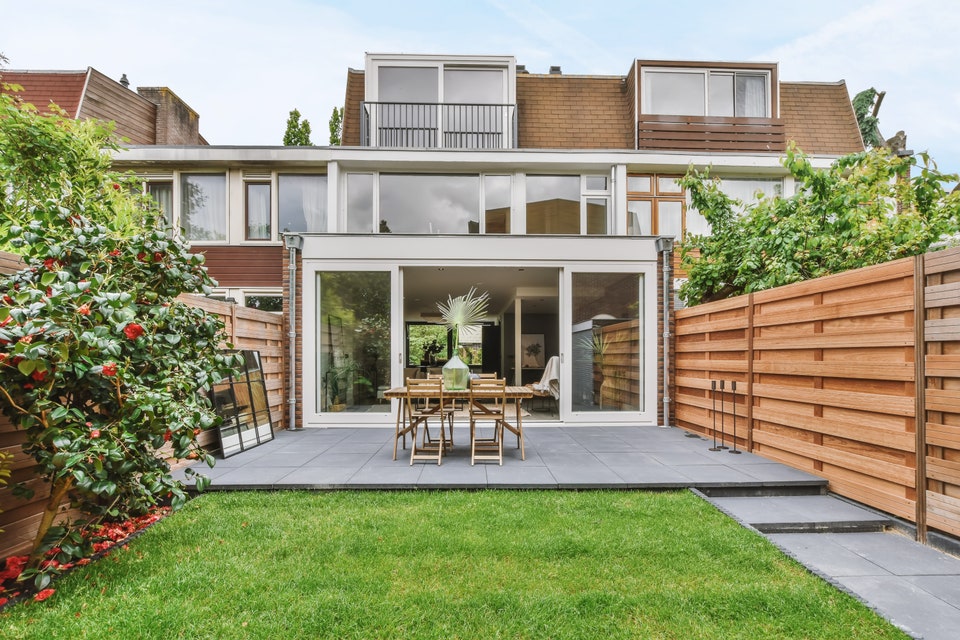
Photo: Woning Media
2/50
- DIY a pallet fence
For those who want a wood fence, pallet fences are easy DIYs for amateur builders.
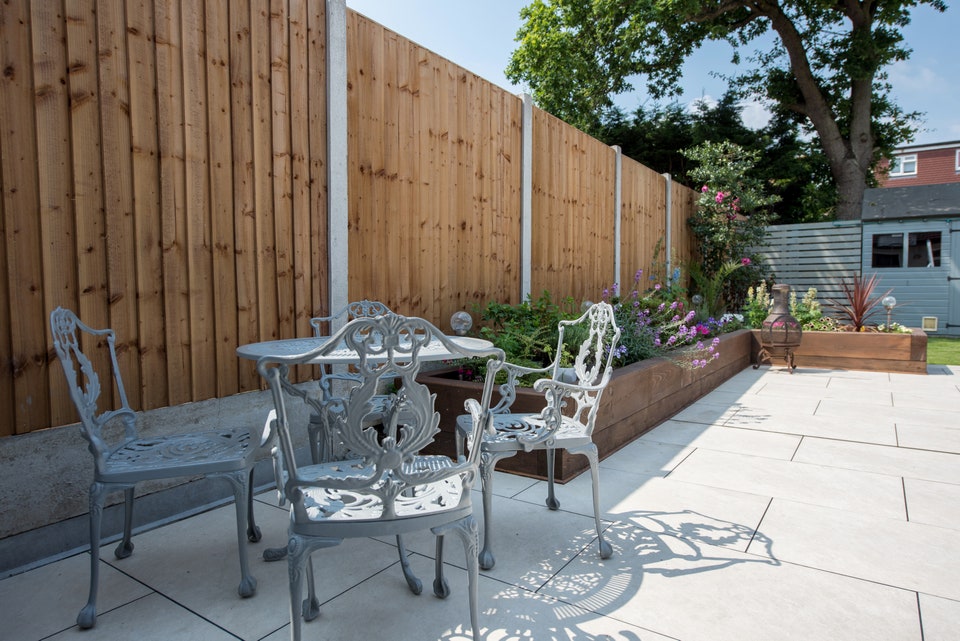
Photo: John Keeble
3/50
- Vertical wood planks
Take some time to think about if you want vertical or horizontal planks. If opting for vertical placement, slight variations in the lengths of the fence panels will add an extra touch and draw the eye up.

Photo: Анатолий Тушенцов
4/50
- Horizontal wood planks
Horizontal planks tend to be more costly but can look more elegant. Planting greenery along the horizontal privacy fence creates a nice juxtaposition.
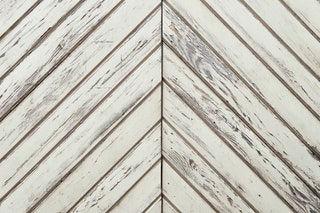
Photo: issalina
5/50
- A chevron privacy wall
Get sound privacy protection while adding unique visual interest by arranging the privacy fence in a chevron pattern. Building gates for this type of fence is a doable DIY project that is sure to impress guests and neighbors alike.
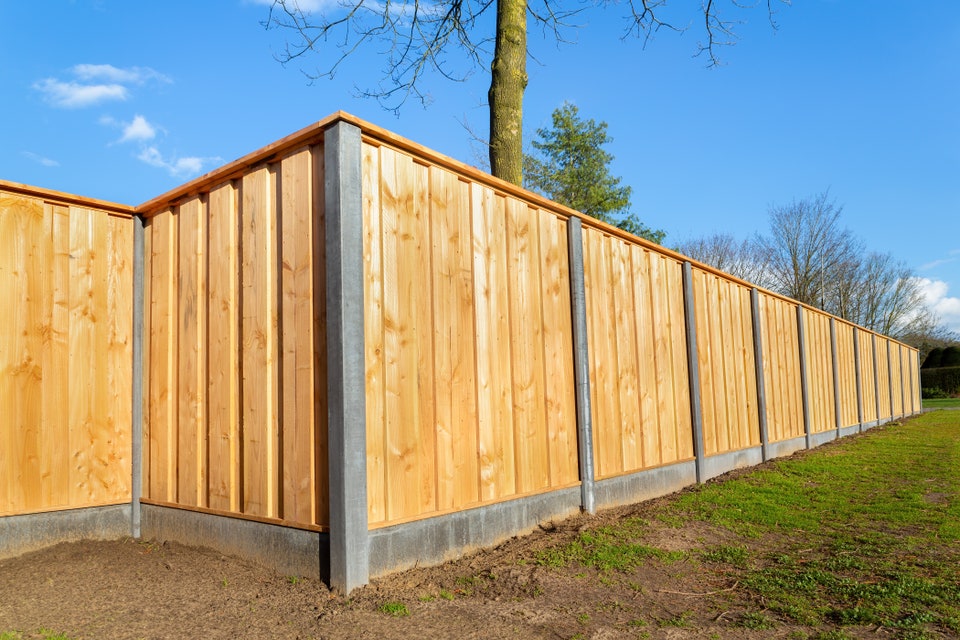
Photo: Ben Schonewille
6/50
- Metal posts
Use metal posts to spice up a wood fence and add contrast within the structure.
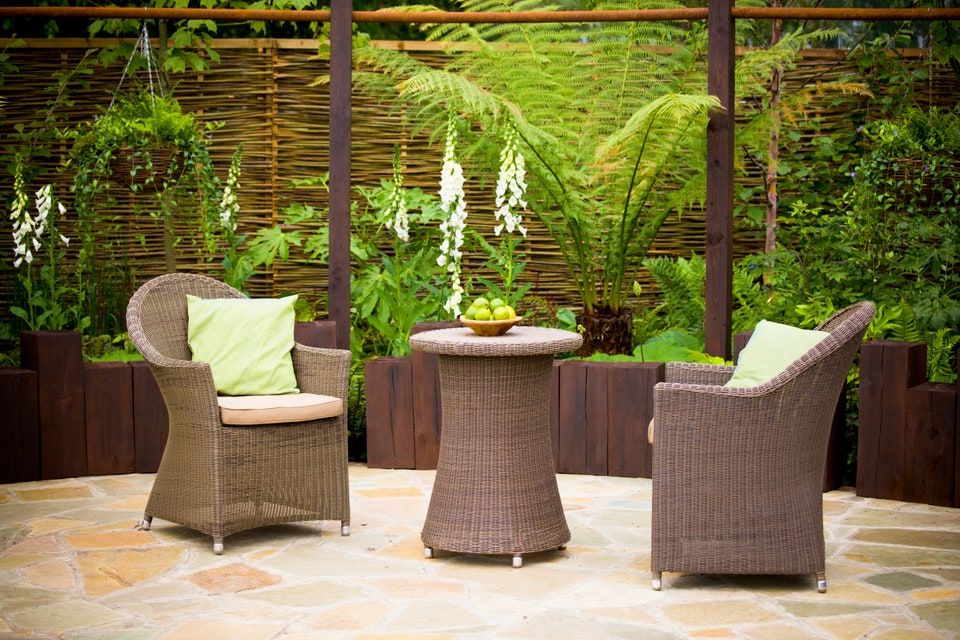
Photo: Westbury
7/50 - A basket weave fence
Add movement to your backyard with a basket weave privacy fence. It’s a less traditional take on a classic wood fence and is sure to wow anyone who stops by.

SHOPPING
41 Expensive Gifts Worth the Splurge
By
CLEVER
73 Outdoor Seating Ideas and Designs for Backyards and Rooftops
By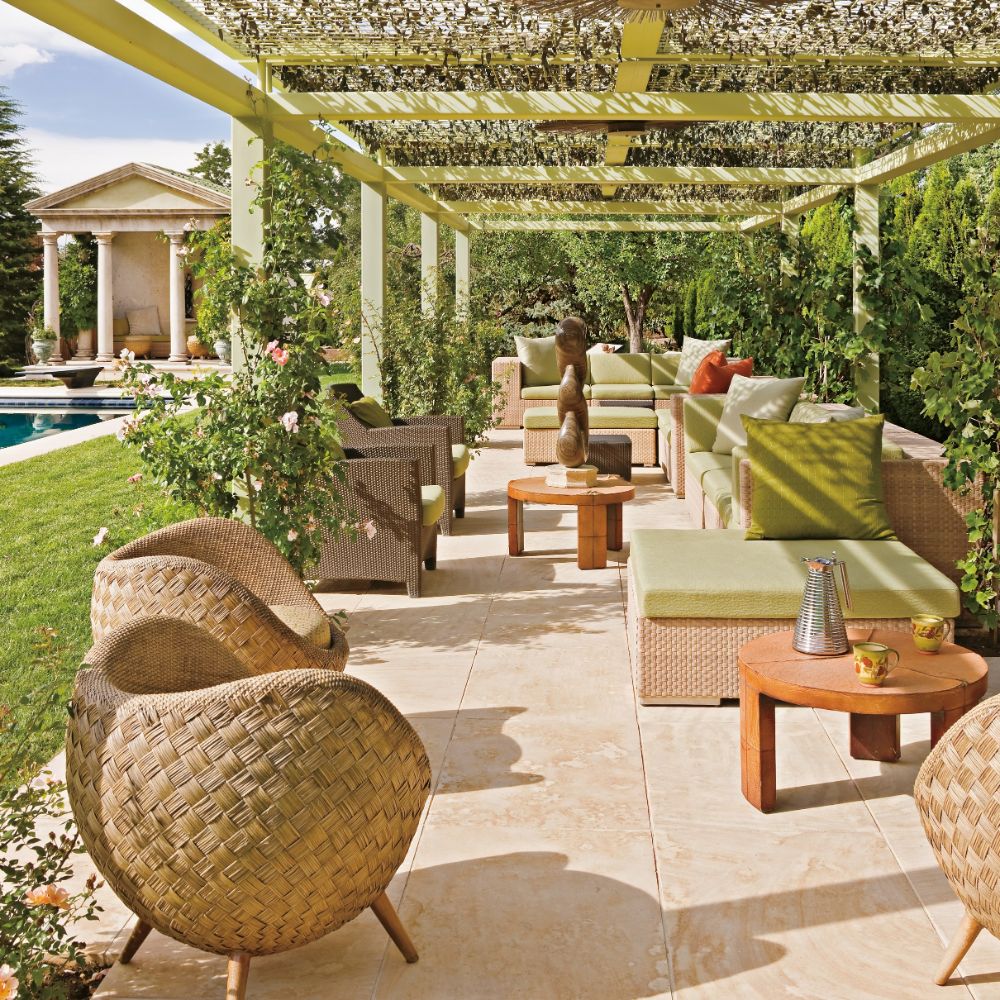
AD-IT-YOURSELF
25 Pergola Ideas for Outdoor Living
By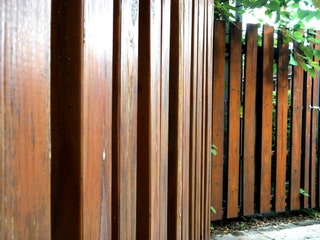
Photo: HUNG CHIN LIU
8/50
- Glossy planks
For a spa-like oasis, consider a glossy fence made from multiheight wood posts. A darker stain will look great next to bright green plants, promoting a relaxing atmosphere in your backyard.
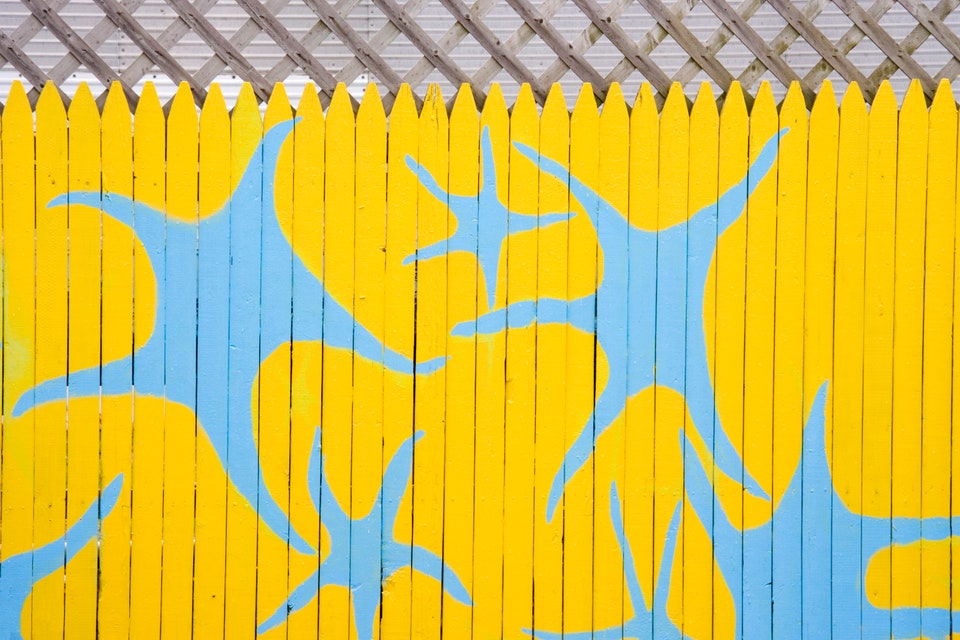
Photo: Joe_Potato
9/50
- A mural fence design
Enjoy artwork every time you’re outside by painting a mural on your wooden privacy fence. Use bright colors for an extra dose of whimsy.
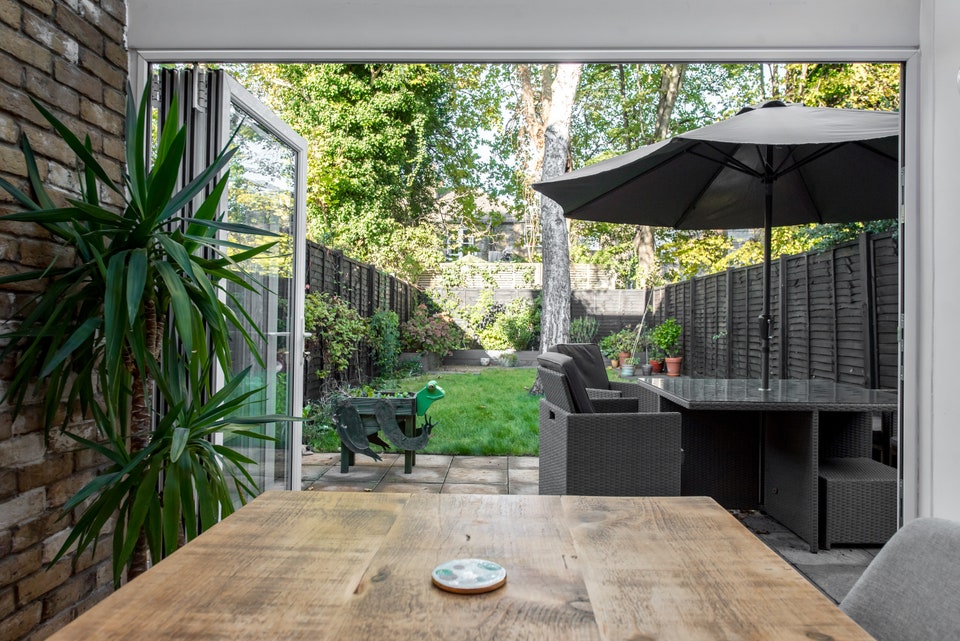
Photo: John Keeble
10/50
- A black fence to highlight nature
If you plan to plant a garden in front of your fence, consider painting the wall black or another dark color. “Painting a fence a dark color is a quick way to de-emphasize it while spotlighting plants or other elements in front of it,” Lenhart explains. The dark hue recedes into the backdrop, allowing the plants and flowers that are in front to shine.

